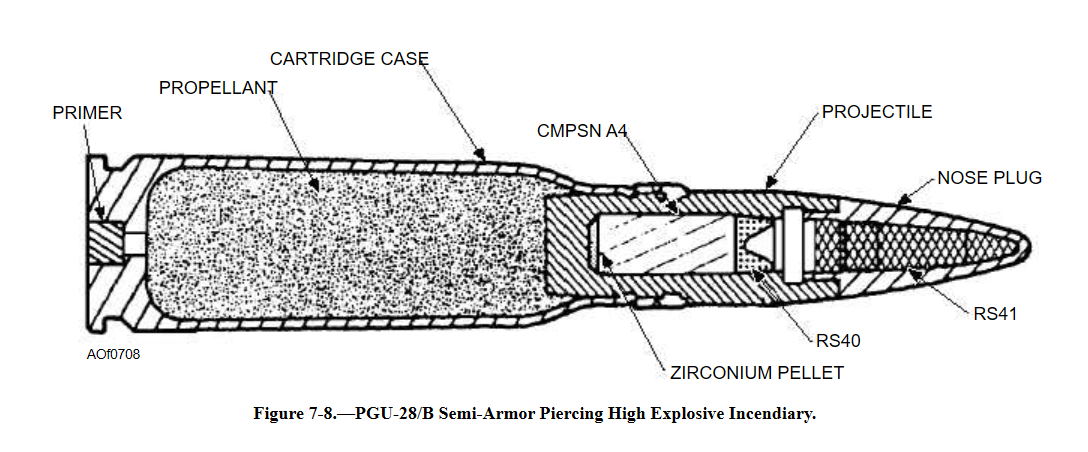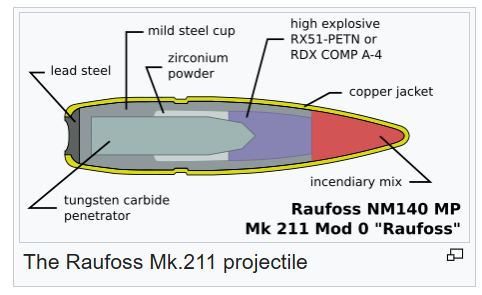Scott Kenny
ACCESS: Above Top Secret
- Joined
- 15 May 2023
- Messages
- 9,330
- Reaction score
- 10,496
YIKES!!!!!eleventy-one!!!Interesting mention of Chinn. I was a project engineer tacking his 30mm cannon (IIRC WECOM 30, on the AH-J to replace the GE XM 188 20mm. We flight tested it in low hover at Yuma and it was scary to see the tail boom resonating to the fire rate (?450rpm). We should have noticed that the rate of fire was close to the natural frequency of the engine/rotor/airframe combination.
It never was considered after that. Circa 1972
Yeah, they didn't face enough heavy aircraft that they had to try to stop with .30cal or .50cal.I do agree the USAAF was nigh impossible to accept the 20mm until Korea.
Which is why the Russians went to 23mm or 37mm, the Germans to 20mm and then 30mm, and the UK to 20mm.
I mean, Raufoss-type SAPHEI are not exactly safe to handle. You drop one and it lands point down, chances are really good it will detonate at your feet!In retrospect, the USAF drive for the 0.60 cal was failure (IMO) to develop satisfactory HEI round for the 50, combined with early horror stories coming from Korea of F-86s smoking MiGs but not getting fires above 38-40K
There's no safety in the fuze, or mechanical settings. it's got a firing pin sitting on a primer compound, that compresses away from the primer when the gun fires, then slams into the primer when the round impacts. Boom.



